With their delicate, tissue-like flowers, poppies first bloom at the magical time in midspring when nights are still cool and days are getting warmer. Their iconic, brightly colored petals pop up in gardens with upturned faces, welcoming bees and butterflies. Learn how to plant, grow, and care for poppies.
About Poppies
All poppies are members of the family Papaveraceae, and most we grow in our gardens are also included in the genus Papaver. The gorgeous blue Himalayan poppy, Meconopsis betonicifolia, and California poppies, Eschscholzia californica, are exceptions.
The poppy flowers that are familiar to most people have tissue paper-like crinkled blossoms with 4 to 6 brightly-colored petals and a ring of stamens in the center. Their drooping pods and delicate foliage add extra interest to the flower bed from mid-spring through summer. Available in both single and double blooms, this flower also comes in many colors, including red, white, orange, cream, yellow, blue, and purple.
Of course, the poppy has long been a symbol of remembrance, dating back to the Egyptians and, of course, the World Wars because it spring up on the battlefields after the dead were buried. Some species have also been valued for culinary and medicinal uses since ancient times. Poppies have been featured in poetry and film and painted by several of Europe’s most famous artists, including Claude Monet and Vincent Van Gogh.
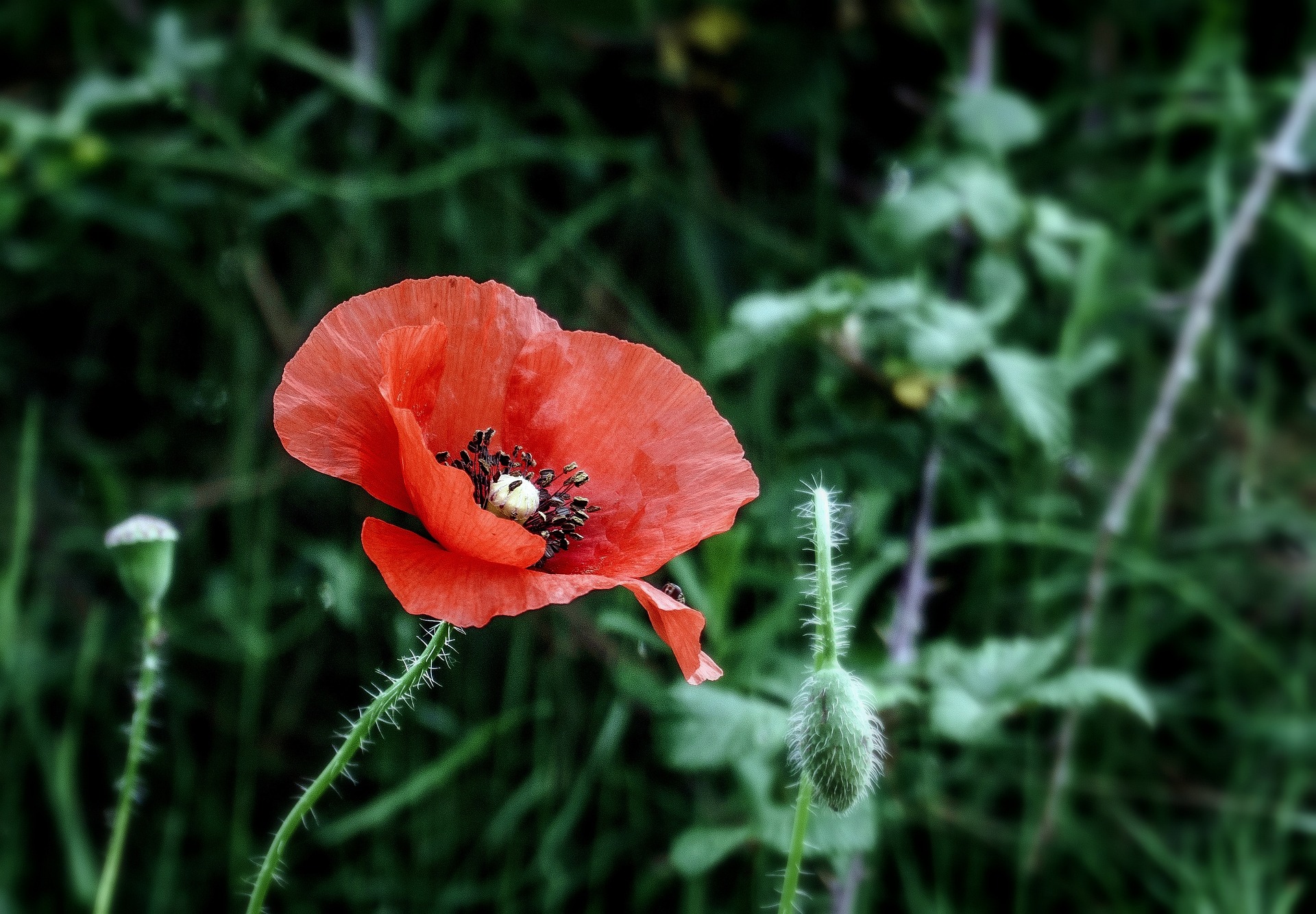
Are Poppies Annuals or Perennials?
Poppies can be annuals (dying after one growing season) or perennials (return each year). Many types readily reseed themselves in the garden, coming back on their own to delight you year after year!
How Long Do Poppies Take to Bloom?
After being sown in the spring, annual poppies will bloom during spring and summer following planting. How long they last depends on the variety and weather conditions as many poppies prefer cooler nights.
Perennial (Oriental) poppies started from seeds will not bloom until their second growing season but will then bloom every year. Oriental poppies purchased from a garden center should bloom the same year you plant them.
Once established, perennial poppies may reliably bloom every year for decades.



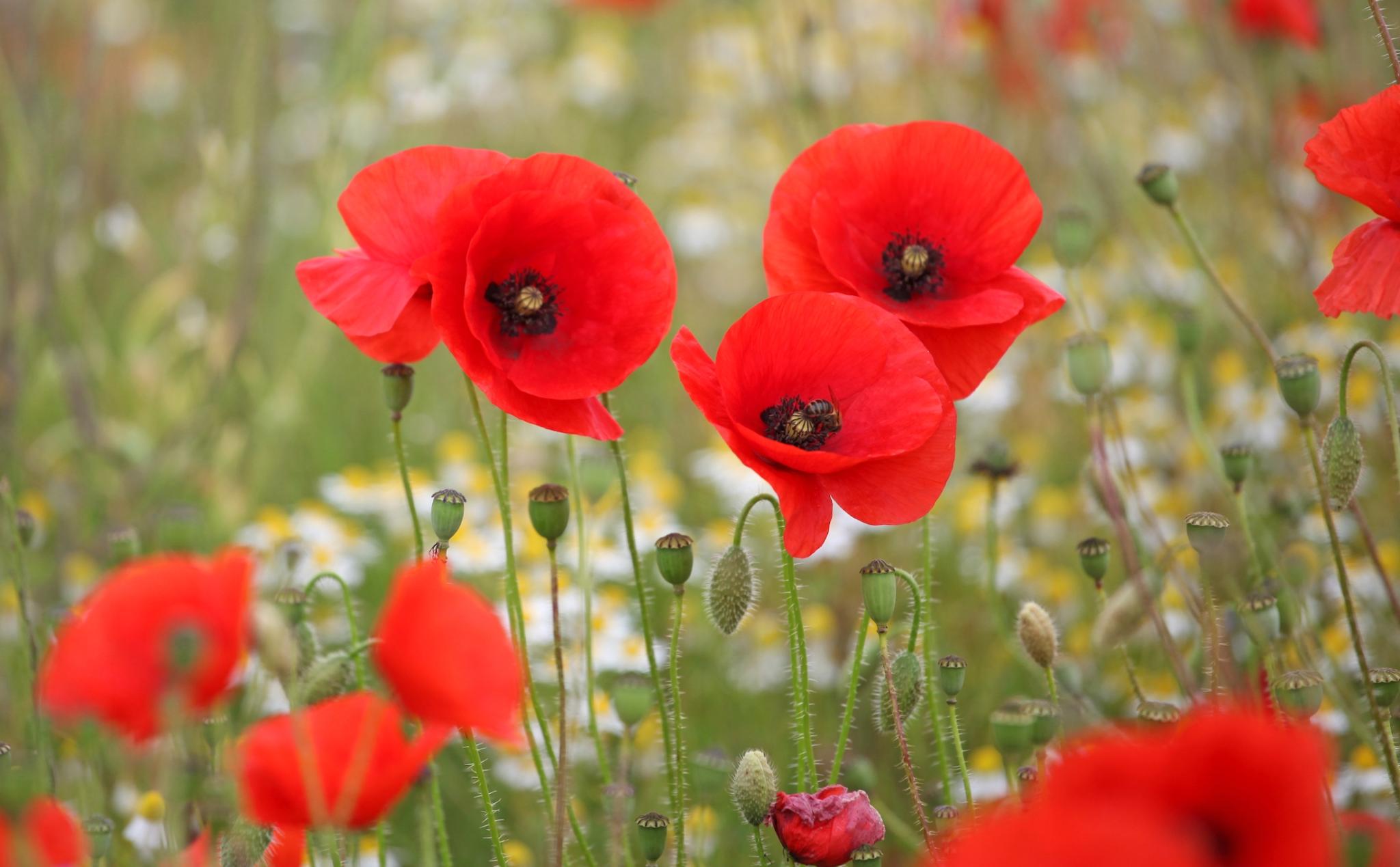
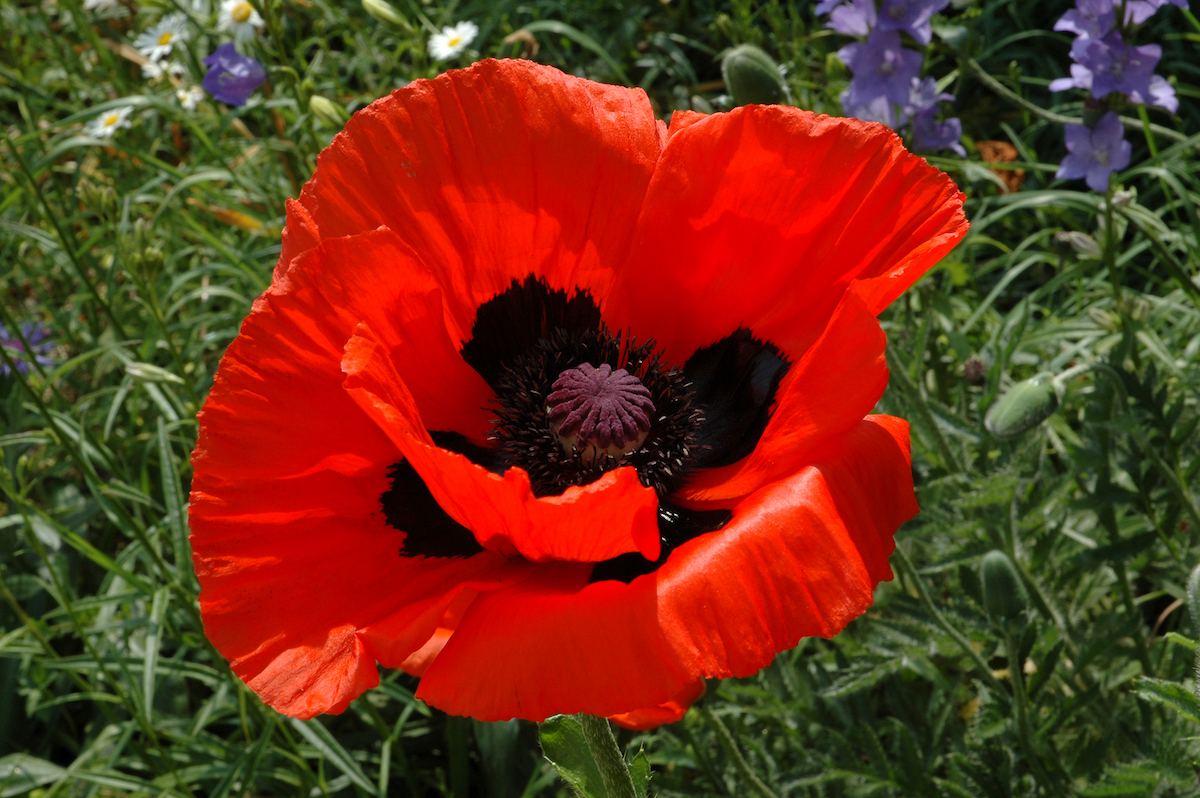
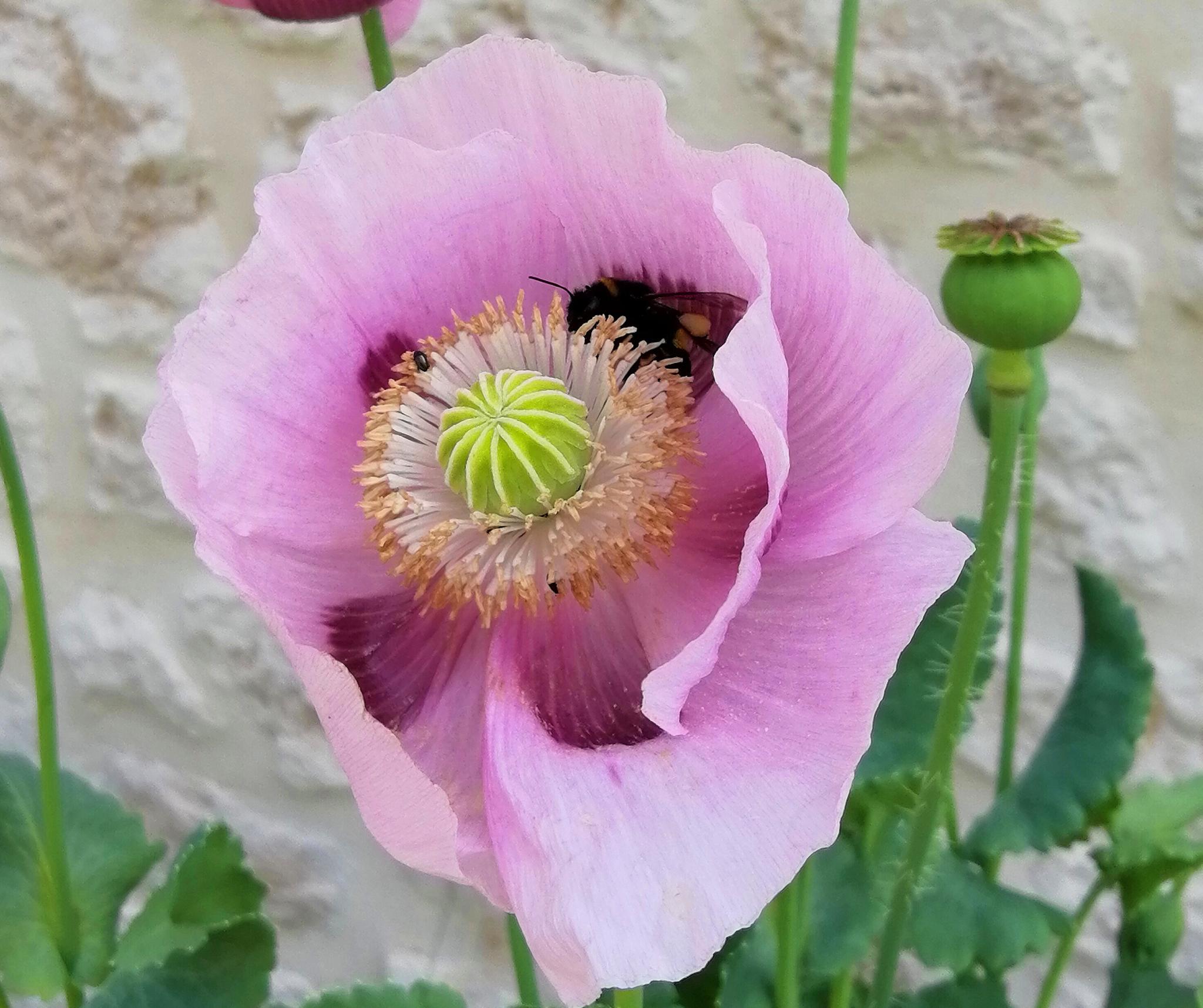
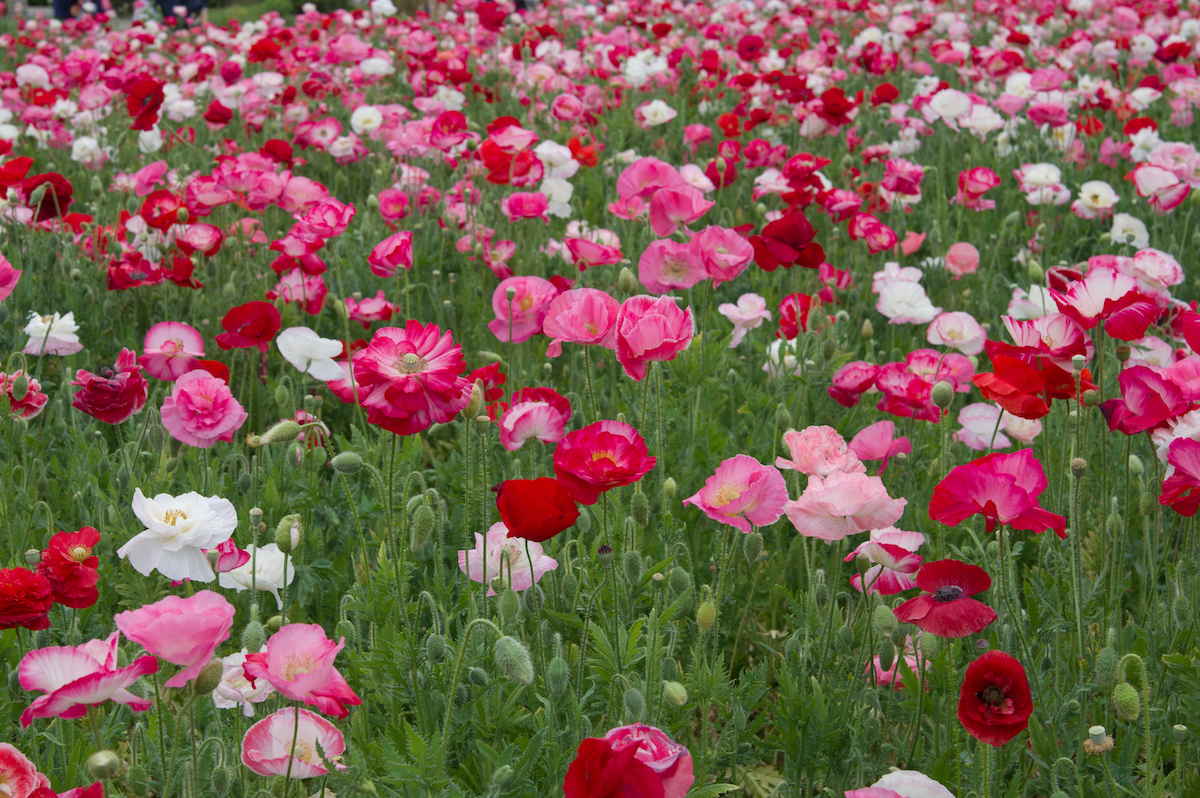
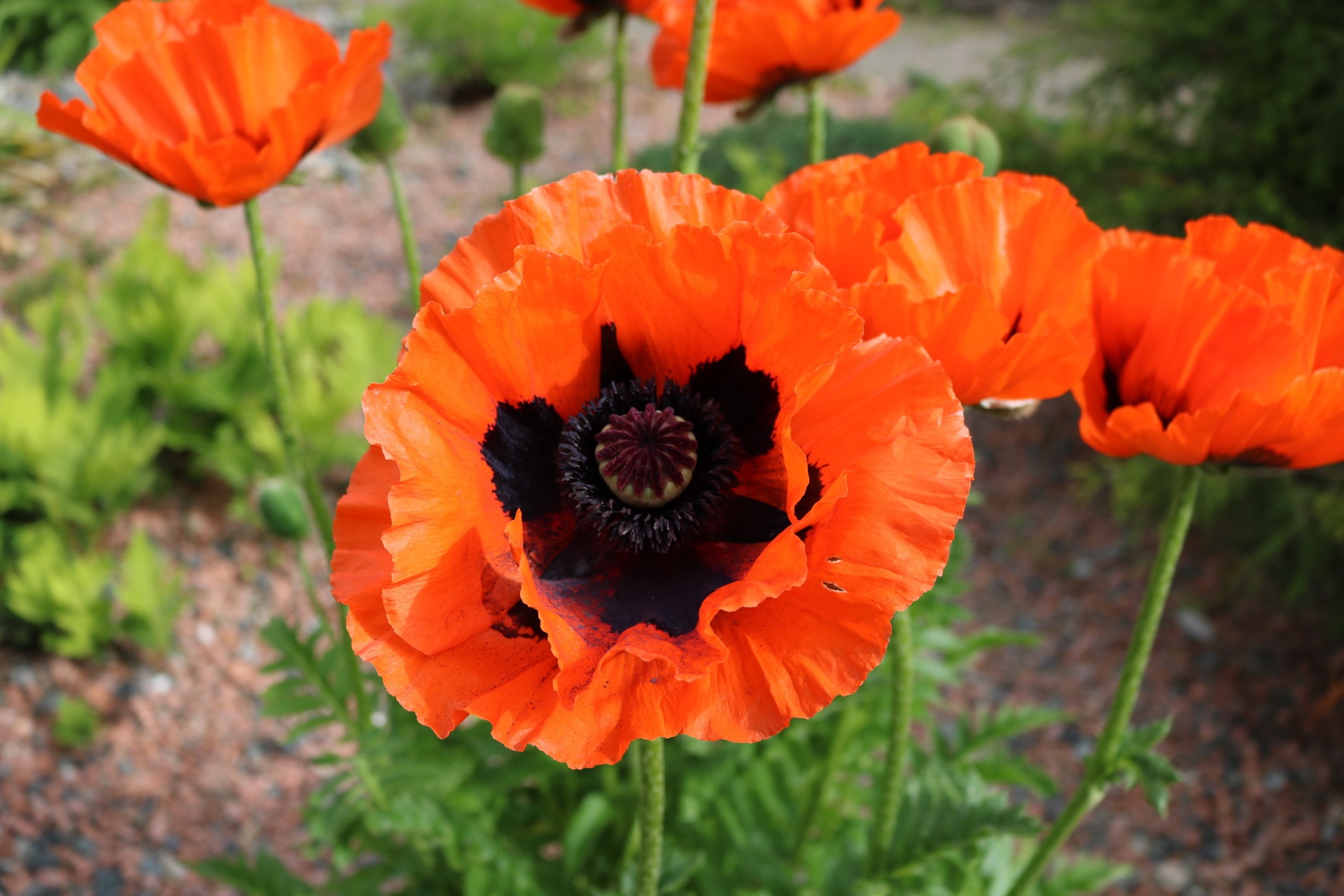








Comments